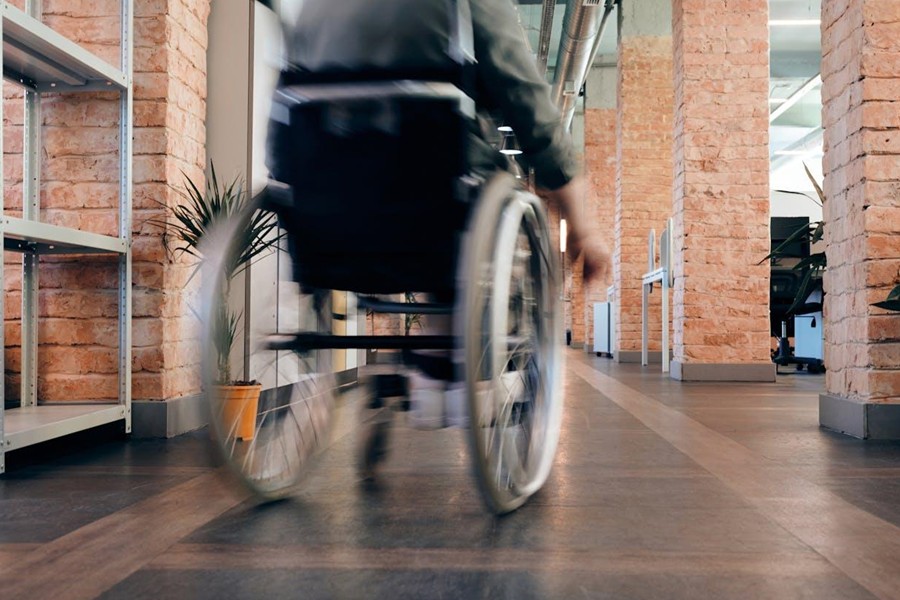 Coronavirus (COVID-19) tally as compiled by Johns Hopkins University. (Previous numbers in parentheses.)
Coronavirus (COVID-19) tally as compiled by Johns Hopkins University. (Previous numbers in parentheses.)
Total U.S. confirmed cases: 10,272,929 (10,110,552)
Total U.S. deaths: 239,896 (238,251)
Total global cases: 51,684,237 (50,913,451)
Total global deaths: 1,275,995 (1,263,089)
Each day brings a new record
The U.S. recorded 136,000 new cases of the coronavirus (COVID-19) on Tuesday, once again setting a record for the number of infections in one day, according to Johns Hopkins University. Statistics show hospitalizations are increasing at the fastest rate since the pandemic began.
To put the numbers in perspective, a ConsumerAffairs analysis shows April was previously the worst month for the spread of the virus, with more than 868,000 new cases during the month and an average of 28,950 daily infections. So far in November, new cases have averaged over 100,000 and are projected to increase during the holidays.
Hospitalizations have risen at an alarming rate this month, increasing by about 30 percent since Nov. 1. On Tuesday, the Johns Hopkins numbers showed nearly 62,000 hospitalizations, exceeding the previous record of nearly 60,000 that was set in April.
CDC revises its mask guidance
Government health officials have once again clarified their guidance on the wearing of masks, determining that the face coverings protect both the wearer and others nearby. Previously, it was believed that most cloth masks only protected others but not the person wearing the mask.
A report from the Centers for Disease Control and Prevention (CDC) said studies have shown that most masks — in addition to those with an N95 rating — provide a measure of protection if they come in contact with someone carrying the virus.
“Studies demonstrate that cloth mask materials can also reduce wearers’ exposure to infectious droplets through filtration, including filtration of fine droplets and particles less than 10 microns,” the report’s authors wrote.
Survey finds young people just aren’t taking COVID-19 seriously
A survey conducted for the CDC has some good news and bad news about efforts to control the pandemic. The good news is that public acceptance of wearing face masks rose sharply between April and June. Chances are good that it’s even higher now.
But the survey also found that young people were the least likely to follow recommended behaviors, such as frequent hand-washing, social distancing, and avoiding crowded indoor spaces such as bars and restaurants.
Scientists say that piece of data might help explain why there has been a gradual increase in coronavirus infections among people in their 20s and 30s.
COVID-19 sends more malls into bankruptcy
The “retail apocalypse” used to refer to Amazon’s impact on the sector. Now, it means something else entirely.
The economic impact of the pandemic has not only hammered retailers like JC Penney and Brooks Brothers; it’s also taking down the malls where many of these stores were located. The Wall Street Journal reports that CBL & Associates Properties Inc. and Pennsylvania Real Estate Investment Trust, mid-sized mall owners, plan to file for chapter 11 bankruptcy protection.
The companies are simply reorganizing, not closing. Still, The Journal notes that the move is unusual for a real estate investment trust (REIT) that is set up to withstand a harsher economic climate than a single retail company.
Pandemic led to surge in multigenerational homes
The COVID-19 pandemic led to a home buying frenzy as many apartment dwellers, suddenly working from home, sought more space. But the National Association of Realtors (NAR) reports that it also led to a sharp increase in multigenerational home purchases.
A NAR survey shows multigenerational home purchases accounted for 15 percent of sales after March, compared to 11 percent for those who closed before April. In many cases, families consolidated households because of a loss of income.
“The coronavirus without a doubt led home buyers to reassess their housing situations and even reconsider home sizes and destinations,” said Jessica Lautz, vice president of demographics and behavioral insights at NAR. “They also shopped for larger homes because extra space would allow households to better accommodate older adult relatives or young adults that are now living within the residence.”
Become a Harlem Insider!
By submitting this form, you are consenting to receive marketing emails from: Harlem World Magazine, 2521 1/2 west 42nd street, Los Angeles, CA, 90008, https://www.harlemworldmagazine.com. You can revoke your consent to receive emails at any time by using the SafeUnsubscribe® link, found at the bottom of every email. Emails are serviced by Constant Contact








